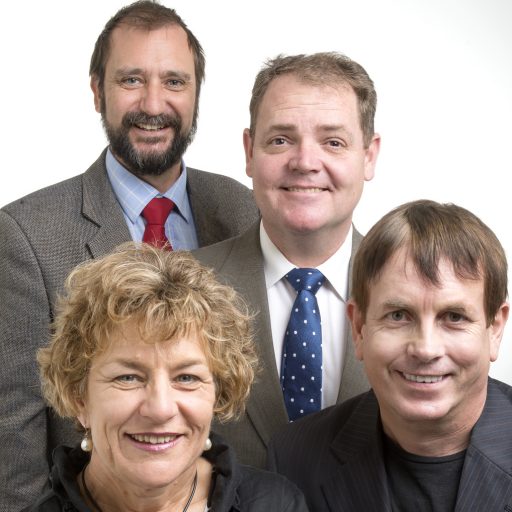 Organisations with effective change and communication programs are about 3.5 times more likely to outperform industry peers.
Organisations with effective change and communication programs are about 3.5 times more likely to outperform industry peers.
So why is it so hard for PRs to articulate the value of what they do?
And sending students out into the world of communication management equipped with a solid foundation of data to defend their team and the PR function? Forget it!
Even with access to academic research, it is still difficult to quantify the effect of public relations on organisations – or what we call return on investment (ROI).
So we were pretty excited when we found this research from Willis Towers Watson that surveyed 651 organisations. It might be three years old, but it, and the 10 years of studies it builds on, gives a very clear picture of what effect good communication can have:
- superior financial performance (by three and a half times) to that of industry peers in 2013-14
- a 57% higher return to shareholders 2000-04
- improvement in communication effectiveness that was associated with a 29.5% increase in market value 1998-2002
‘Effective communication performance’ is built on:
- Employees – a deep understanding of culture, and developing and delivering on a specific employee value proposition (EVP)
- Six activities that influence change success:
- Leading
- Communicating
- Learning
- Measuring
- Involving
- Sustaining
- Targeted and strategic social media
- Focus on the consumer
- True engagement of employees
- Manager training in communication
- Strong role of internal communications managers in managing change
- Branding the employee experience (leading to the EVP)
So what are they talking about and how was it measured?
Return on Investment (ROI) of communications is a measurement of the investment in the PR function against overall financial performance.
It was measured by asking companies to place themselves into one of three groups for financial performance, communication effectiveness, and ability to manage change. Each performance category had a number of activities on which organisations were asked to rate their performance. The flaw is that the Willis Towers Watson surveys have established a trend, rather than a causal relationship.
Probably not as rigorous as this excellent modeling exercise by Kim (2009), but certainly easier to read and with a takeaway that we can use in the board room!
Andrew Mason, Dr Chris Kossen, Matt Grant and Barbara Ryan teach in the communication specialisations in the Graduate Certificate of Business at the University of Southern Queensland.


 Content marketing’ is the latest marketing buzzword, and just saying the words brings out a little enthusiasm in everyone.
Content marketing’ is the latest marketing buzzword, and just saying the words brings out a little enthusiasm in everyone.
